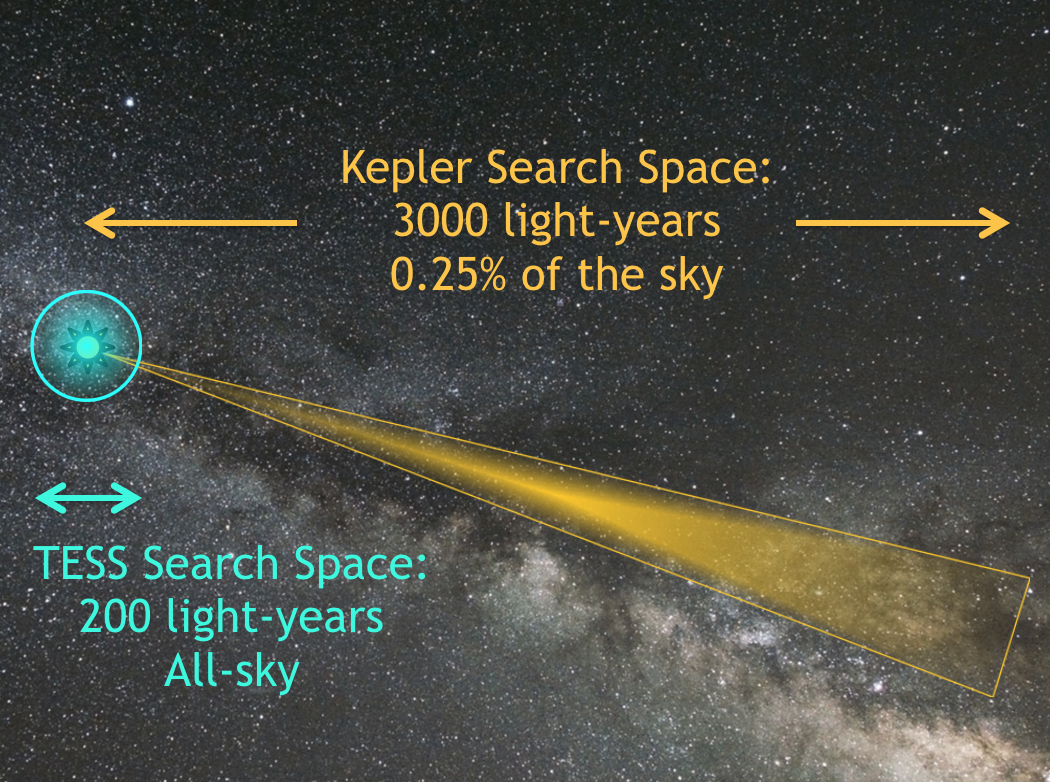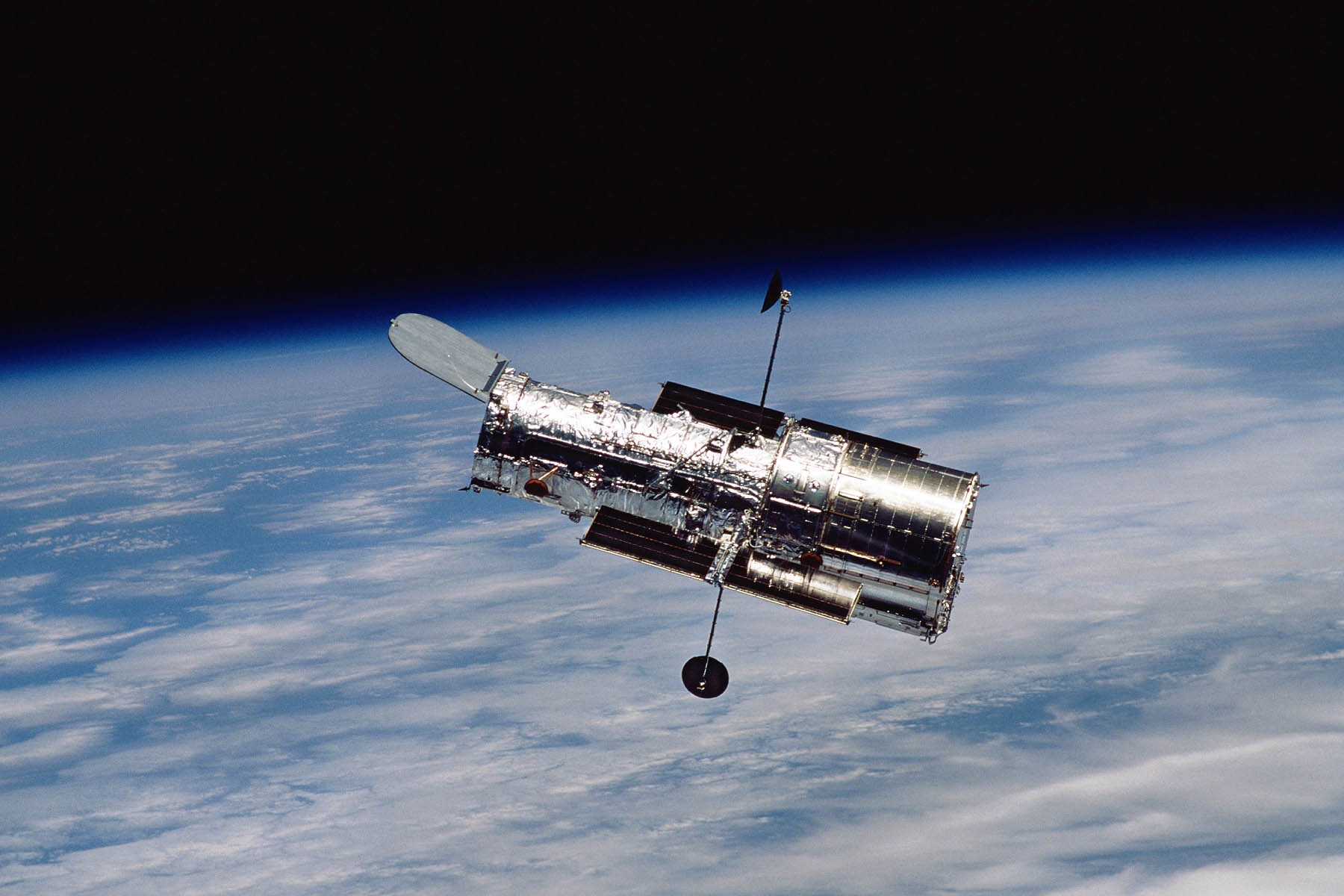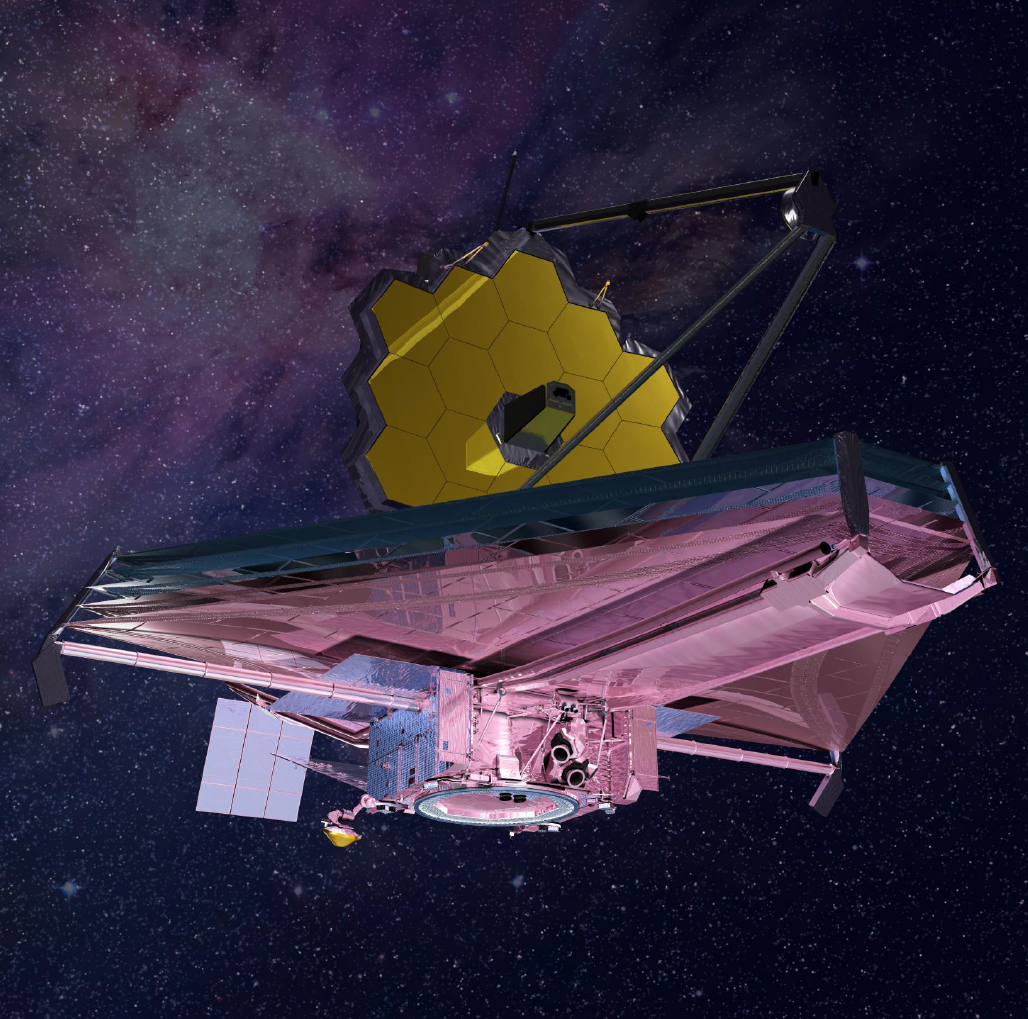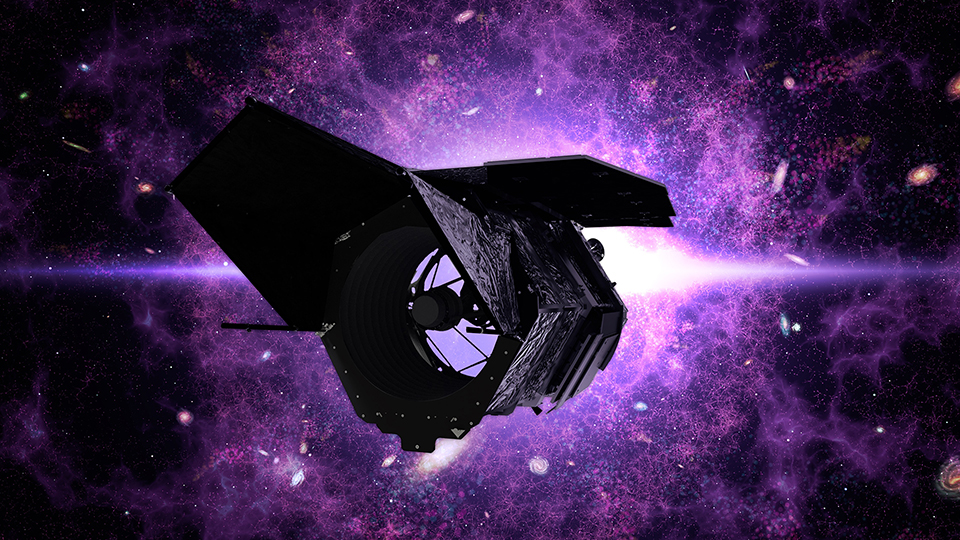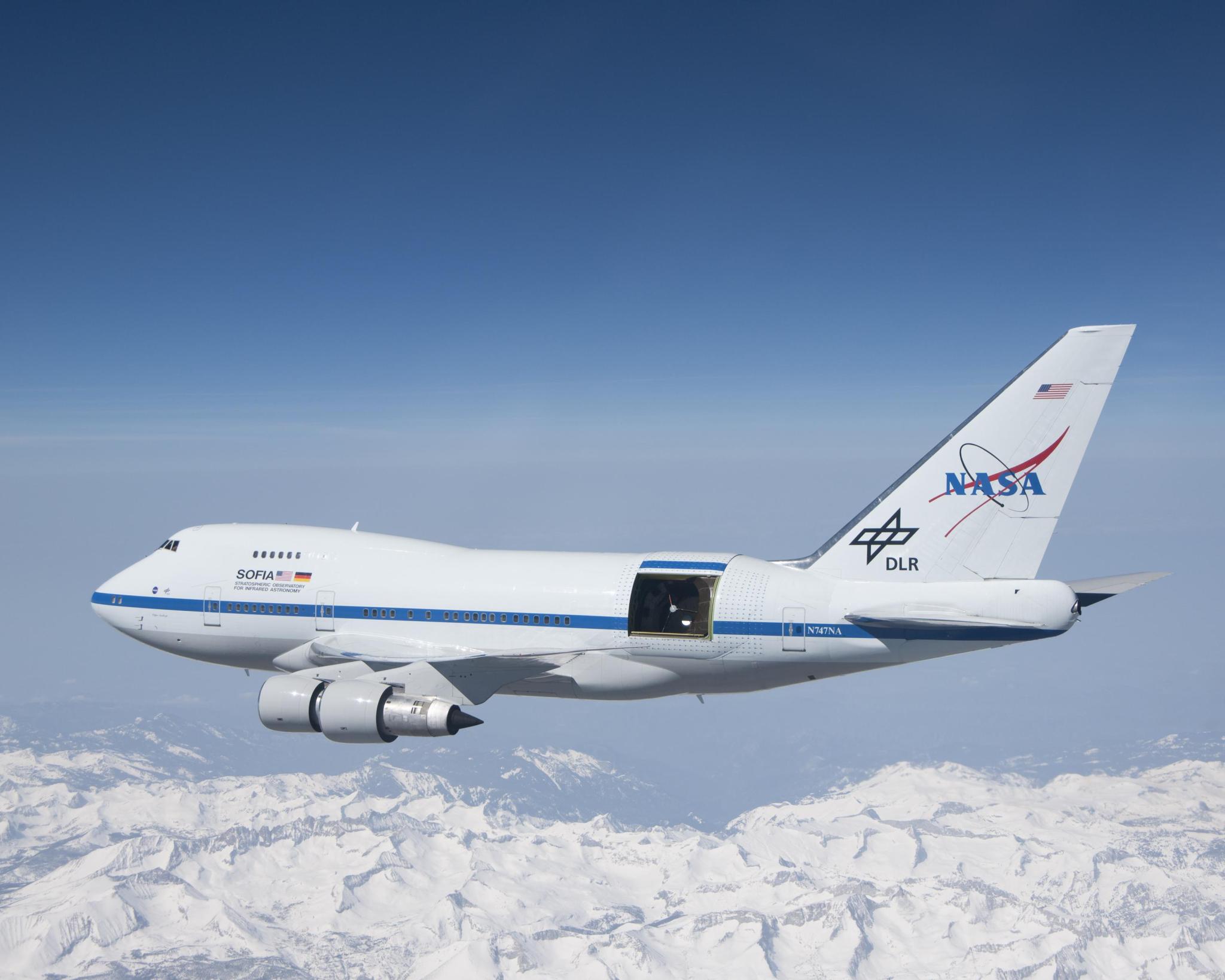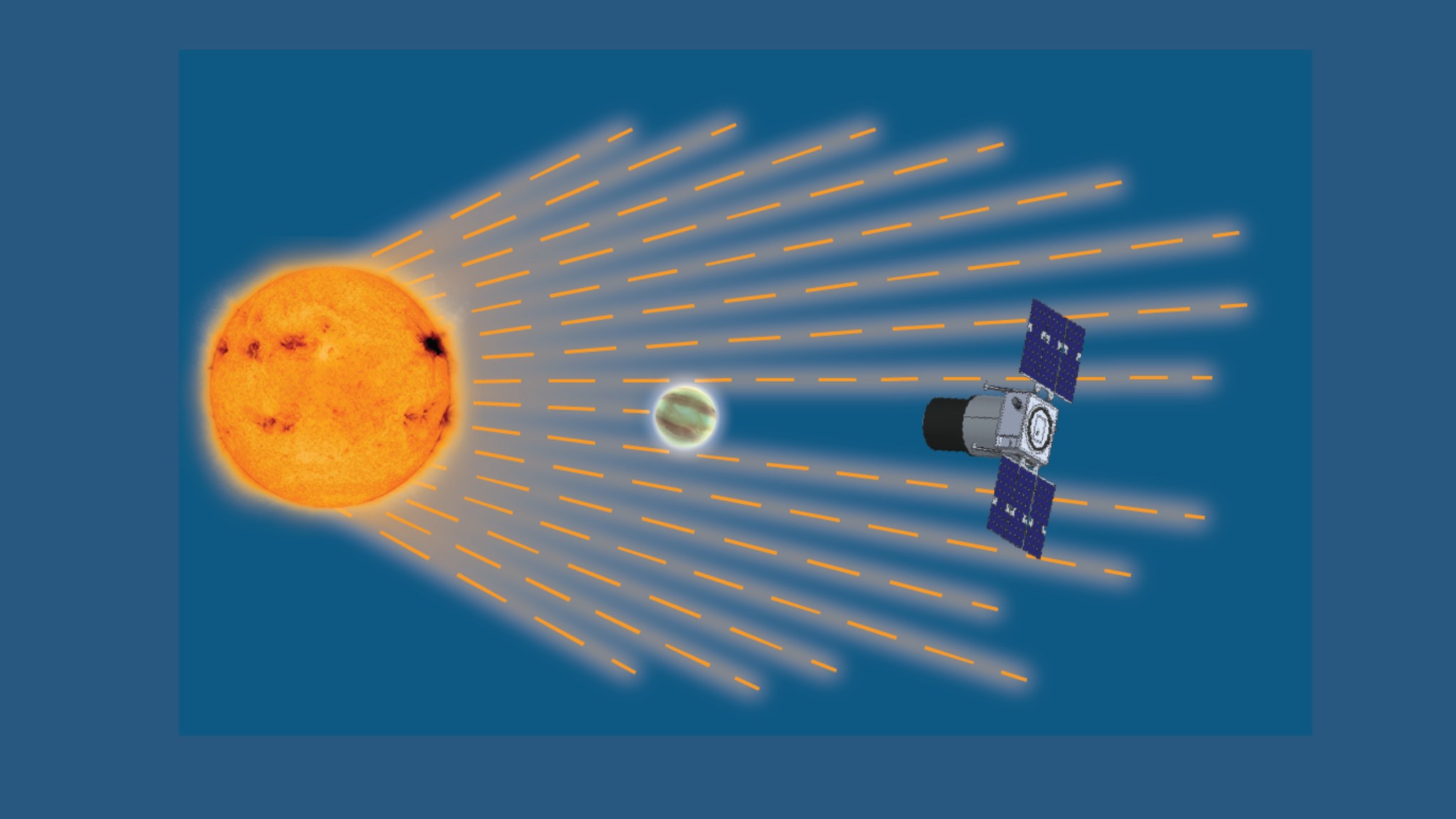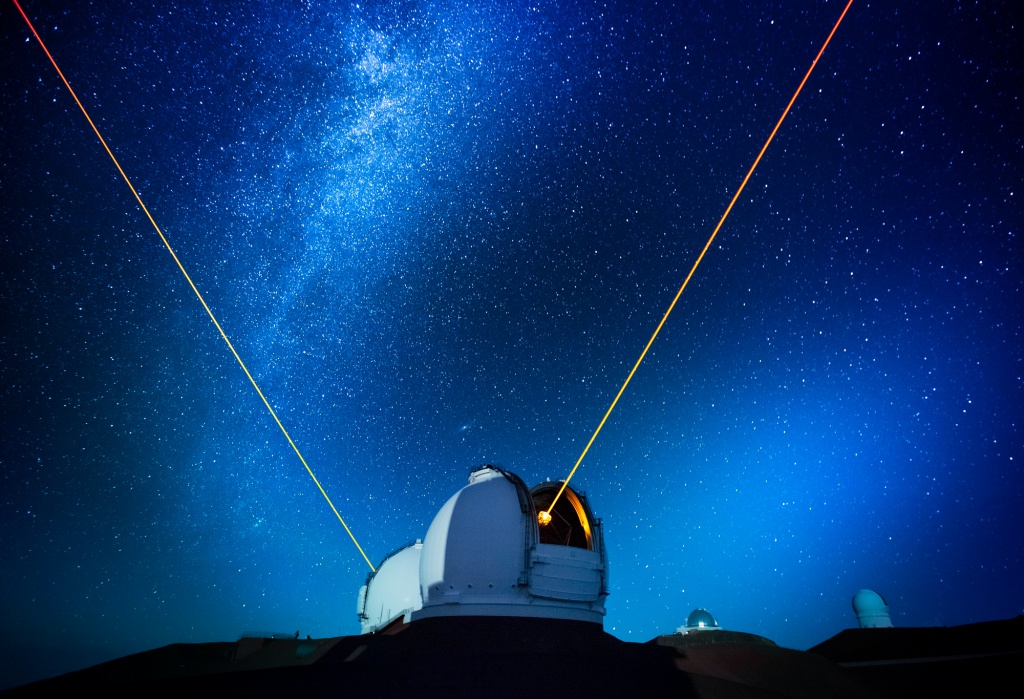Kepler/K2 & TESS
In 2018, after nine years in deep space collecting data that revealed our night sky to be filled with billions of hidden planets – more planets even than stars – NASA’s Kepler space telescope ran out of fuel needed for further science operations. Ames is still home to many scientists who still use the legacy data collected by Kepler/K2 or who are experts in the data reduction and analysis of exoplanet time series photometry:
- Jon Jenkins is a co-investigator involved in data processing.
- Douglas Caldwell is a support scientist, and
- Christina Hedges.
As such, their expertise is a valuable resource for the TESS mission.
Hubble Space Telescope
Ames scientists are both leading and collaborating on projects involving the characterization of sub-Neptunes, hot Jupiters, and brown dwarfs. Scientists involved in GO programs:
- Christina Hedges,
- Natasha Batalha,
- Taylor J. Bell,
- Ben Wei Peng Lew,
- Sarah Moran,
- Ehsan Gharib-Nezhad.
James Webb Space Telescope
Ames scientists are both leading and collaborating on projects involving the characterization of exoplanets that range in size from Earth-sized to Jupiter, and beyond. Additionally, Ames scientists Tom Greene and Tom Roellig were both involved in the development of JWST instruments. Scientists involved in GO, GTO, and/or ERS programs:
- Natasha Batalha,
- Tom Roellig,
- Ruslan Belikov,
- Thomas Greene,
- Timothy J. Lee,
- Ehsan Gharib-Nezhad,
- Taylor J. Bell,
- Ben Wei Peng Lew,
- Sarah Moran.
Roman Space Telescope
Ames scientists Ruslan Belikov, Dan Sirbu, Thomas Greene, and Natasha Batalha are involved in either defining the technology specifications or instrumentation for the Roman Space Telescope Coronograph.
- Thomas Greene is on the Science Technology Definition Team.
- Ruslan Belikov and Dan Sirbu contributed the mask to the coronagraphic instrument.
SOFIA
Ames scientists Timothy J. Lee and Xinchuan Huang use SOFIA to study the infrared inventory of hot cores and to detect molecules in the interstellar medium.
Pandora
NASA is studying a mission concept called Pandora, which could eventually help decode the atmospheric mysteries of distant worlds in our galaxy. One of four low-cost astrophysics missions selected for further concept development under NASA’s new Pioneers program, Pandora would study approximately 20 stars and exoplanets – planets outside of our solar system – to provide precise measurements of exoplanetary atmospheres. The following are co-investigators for this exciting new program:
- Thomas Greene
- Christina Hedges,
- Jessie Dotson.
Keck
Keck is located on the Island of Hawai’i near the summit of Mauna Kea. It consists of two, 10-meter optical/infrared telescopes with a large suite of advanced instruments. These instruments have been critical to advancing our knowledge of exoplanetary worlds.
- Thomas Greene serves as a NASA representative on the Keck Science Steering Committee.
























